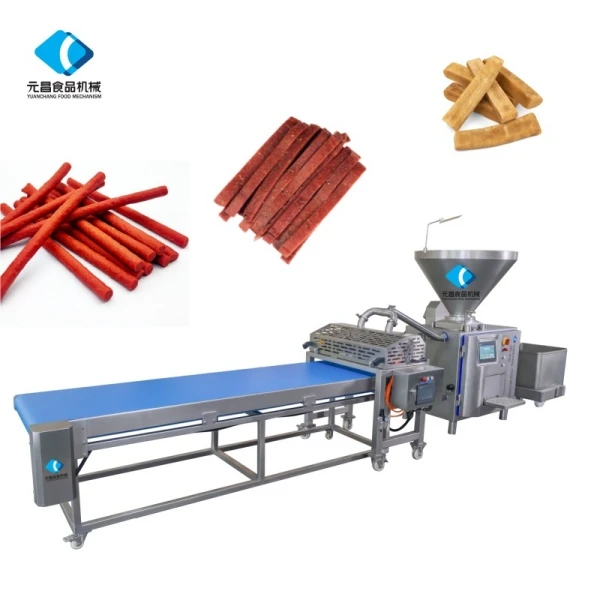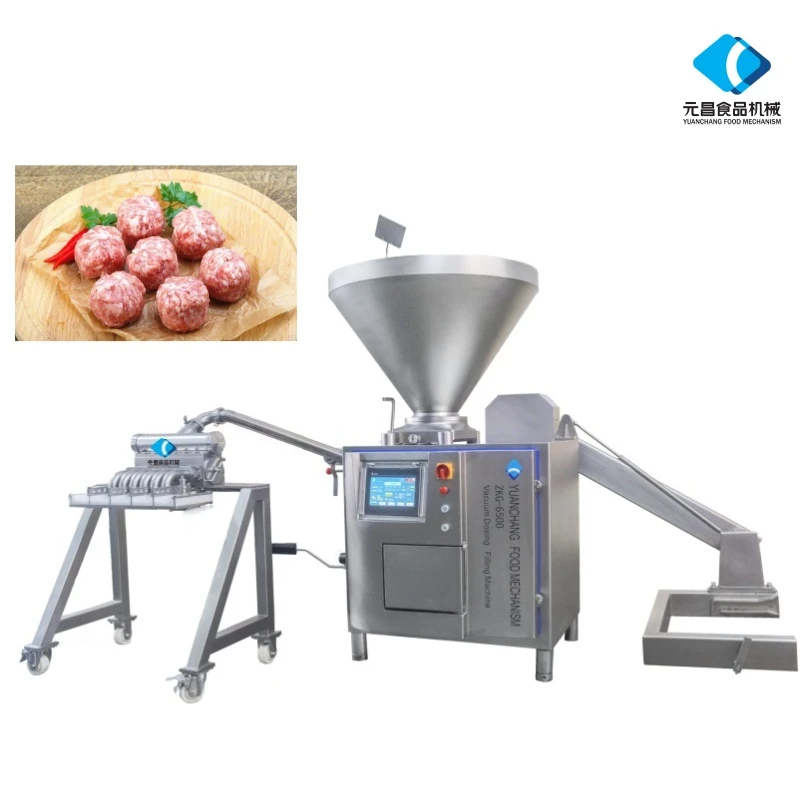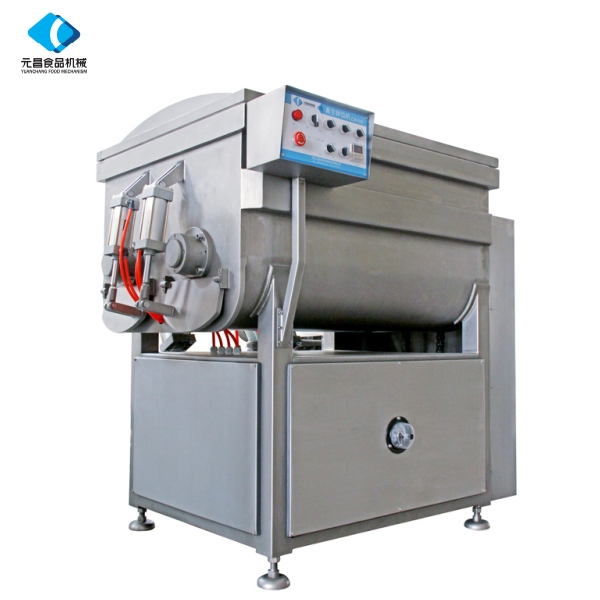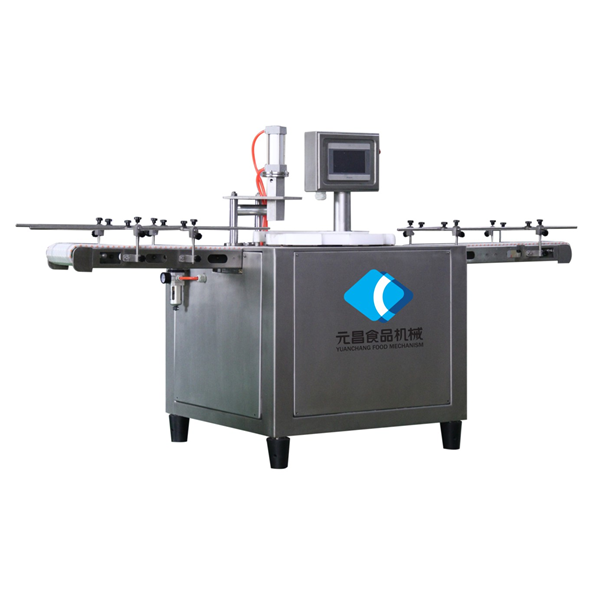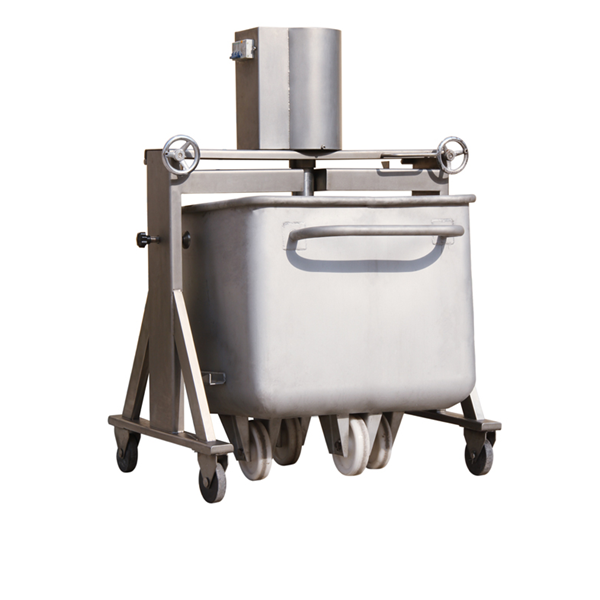- Afrikaans
- Albanian
- Amharic
- Arabic
- Armenian
- Azerbaijani
- Basque
- Belarusian
- Bengali
- Bosnian
- Bulgarian
- Catalan
- Cebuano
- chinese_simplified
- chinese_traditional
- Corsican
- Croatian
- Czech
- Danish
- Dutch
- English
- Esperanto
- Estonian
- Finnish
- French
- Frisian
- Galician
- Georgian
- German
- Greek
- Gujarati
- haitian_creole
- hausa
- hawaiian
- Hebrew
- Hindi
- Miao
- Hungarian
- Icelandic
- igbo
- Indonesian
- irish
- Italian
- Japanese
- Javanese
- Kannada
- kazakh
- Khmer
- Rwandese
- Korean
- Kurdish
- Kyrgyz
- Lao
- Latin
- Latvian
- Lithuanian
- Luxembourgish
- Macedonian
- Malgashi
- Malay
- Malayalam
- Maltese
- Maori
- Marathi
- Mongolian
- Myanmar
- Nepali
- Norwegian
- Norwegian
- Occitan
- Pashto
- Persian
- Polish
- Portuguese
- Punjabi
- Romanian
- Russian
- Samoan
- scottish-gaelic
- Serbian
- Sesotho
- Shona
- Sindhi
- Sinhala
- Slovak
- Slovenian
- Somali
- Spanish
- Sundanese
- Swahili
- Swedish
- Tagalog
- Tajik
- Tamil
- Tatar
- Telugu
- Thai
- Turkish
- Turkmen
- Ukrainian
- Urdu
- Uighur
- Uzbek
- Vietnamese
- Welsh
- Bantu
- Yiddish
- Yoruba
- Zulu
Essential Equipment for Efficient Chicken Processing Plant Operations
An Overview of Chicken Processing Plant Equipment
The chicken processing industry plays a crucial role in the global food supply chain, transforming live birds into packaged products ready for consumption. This complex process requires a series of specialized equipment designed to ensure efficiency, safety, and high-quality standards. Understanding the various types of equipment used in chicken processing plants can provide valuable insight into the industry's operational efficiencies and advancements.
1. Live Bird Handling Equipment
The initial step in the chicken processing operation involves receiving and handling live birds. Equipment such as live haul trailers and unloading systems are important for facilitating the safe transport and movement of chickens into the processing plant. Automated systems have been developed to minimize stress on the birds, utilizing conveyor belts and gentle handling mechanisms to ensure animal welfare during this critical phase.
2. Stunning Equipment
Once the birds are inside the processing facility, they require stunning to render them unconscious before slaughter. Electrical stunning systems or controlled atmosphere stunning (CAS) systems are commonly used. Electrical stunning involves passing an electrical current through the bird, while CAS typically utilizes gas mixtures. Both methods aim to minimize suffering, ensuring ethical processing methods are adhered to.
3. Slaughtering Equipment
The slaughtering phase involves specialized equipment designed to ensure safety and hygiene. This includes automatic neck cutting machines, which ensure swift and precise cutting, reducing the risk of injury and contamination. Scalder machines follow the slaughtering process, where hot water is used to loosen feathers for an easier plucking process. Advanced scalding technology can also help improve feather removal rates and maintain product quality.
4. Feeder and Plucking Systems
chicken processing plant equipment

After the scalding phase, the next crucial step is feather removal. Plucking machines are specifically designed for this purpose, utilizing rubber fingers that efficiently remove feathers without damaging the skin. These machines vary in size and design, with some featuring automated systems that enhance throughput and minimize labor costs. Effective waste management systems are also essential here, as feathers are often separated and processed for use in various products, including fertilizers and animal feed.
5. Evisceration Equipment
Evisceration, or the removal of internal organs, is a critical step in chicken processing. Automated evisceration lines help ensure that this process remains efficient and sanitary. These systems include equipment for opening the carcass, removing organs, and separating edible components from inedible ones. Careful handling and proper equipment design also help to mitigate contamination risks.
6. Chilling Systems
Post-evisceration, chickens must be rapidly cooled to prevent bacterial growth. Chilling systems such as immersion chillers, air chillers, and vacuum chilling systems are employed to quickly lower temperatures. These technologies not only preserve meat quality but also extend shelf life, ensuring that products are safe for consumption.
7. Packaging Equipment
Finally, upon completion of processing, the birds are ready for packaging. This stage involves a variety of automated packaging machines that can handle everything from individual portions to bulk packages. Innovations in packaging technology have enabled the use of vacuum sealing, modified atmosphere packaging, and labeling systems that enhance product safety, freshness, and market appeal.
Conclusion
The chicken processing plant relies on a sophisticated array of equipment that highlights the intersection of technology, efficiency, and animal welfare. Advancements in chicken processing plant equipment continuously improve both productivity and safety standards across the industry. As consumer demands evolve toward greater transparency and ethical practices, the role of innovative processing equipment becomes increasingly significant in meeting these expectations while ensuring a steady supply of poultry products worldwide.
-
Advanced AI Solutions-[Company Name]|Operational Efficiency&InnovationNewsJul.13,2025
-
Vacuum Bowl Cutter ZKZB-125 - Yancheng Yusheng | High-Efficiency Meat Processing EquipmentNewsJul.13,2025
-
Smart Agriculture Solution - AgriTech Innovations | IoT Data Analytics, Resource OptimizationNewsJul.13,2025
-
Vacuum Bowl Cutter ZKZB-125: Precision Meat Processing for Industrial EfficiencyNewsJul.13,2025
-
Advanced Industrial Solutions-Example Corp|Production Efficiency&Cost ManagementNewsJul.12,2025
-
Effortless Slicing Frozen Meat with Meat Slicer & Machine Precision, Speed & SafetyNewsJul.08,2025





